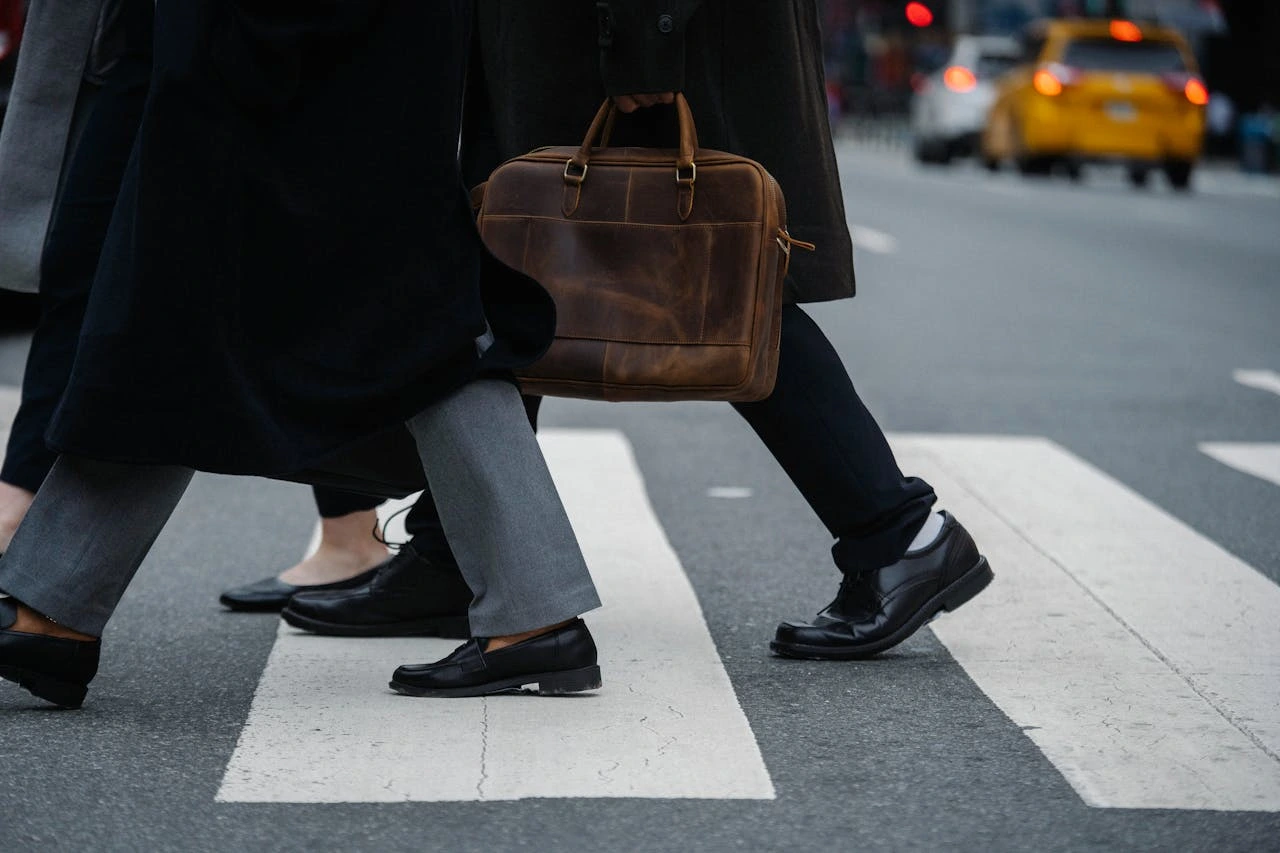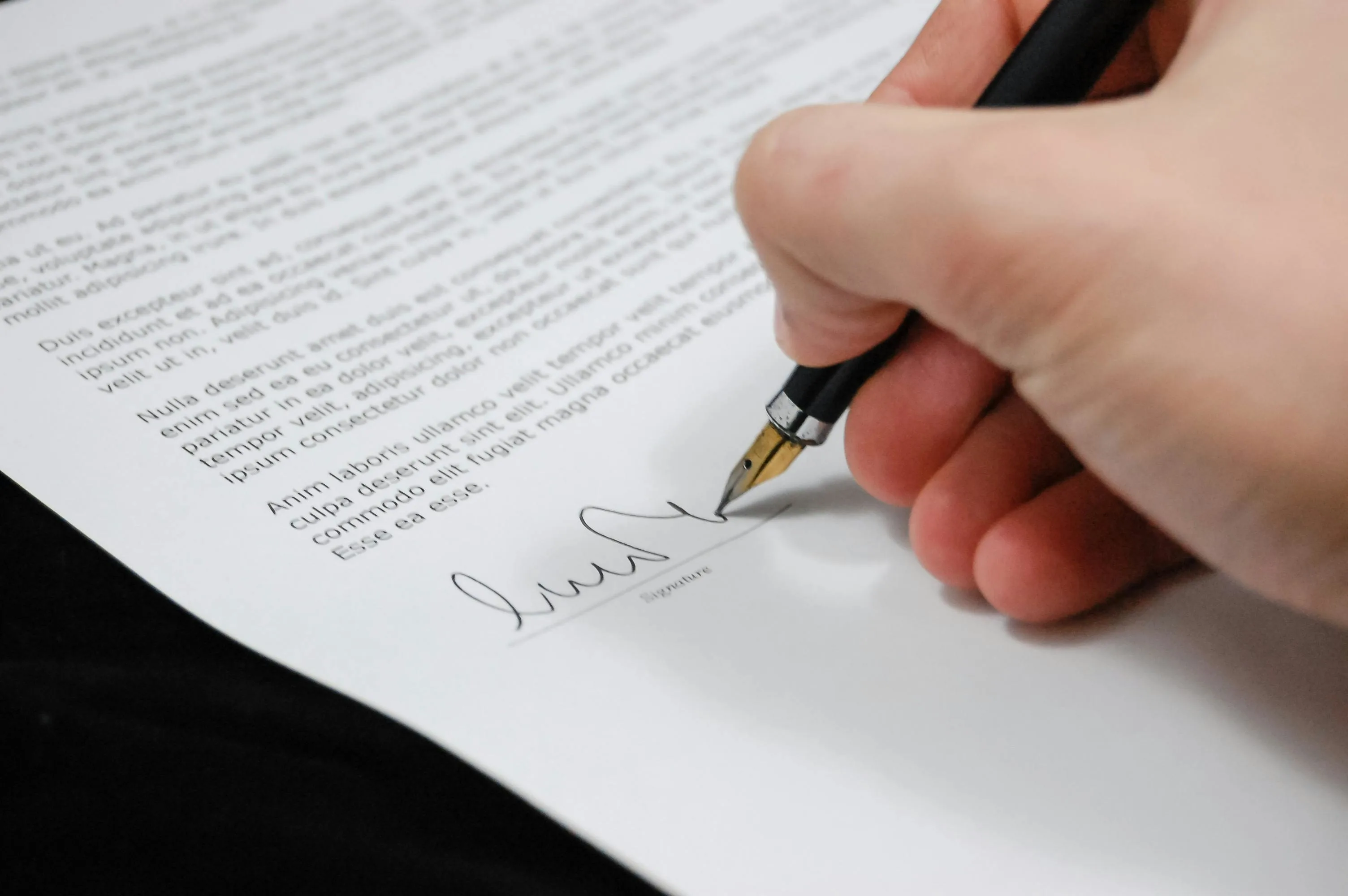Pedestrian Accidents

Pedestrian Accidents in Connecticut
A pedestrian accident can result in severe injuries, overwhelming medical bills, and profound emotional distress. At our Shehu law firm, we provide honest, high-quality representation, offering candid advice to clarify your case’s realities. We fight for maximum compensation for medical expenses, lost wages, pain and suffering, and more, guiding you through every step until resolution.
Why Pedestrian Accidents Are Unique
Pedestrians are highly vulnerable to vehicles, lacking the protection of cars or motorcycles, leading to serious injuries like traumatic brain injuries (TBIs), fractures, or spinal cord damage. These cases often involve complex fault disputes, as drivers may blame pedestrians, and Connecticut’s urban areas (e.g., Hartford, New Haven) see higher incident rates. Unlike medical malpractice or dog bite cases, pedestrian accidents hinge on traffic laws and comparative negligence, requiring strong evidence to prove liability.
Connecticut’s Pedestrian Accident Laws
- At-Fault System (CGS § 14-227 et seq.):
- Connecticut is an at-fault state, meaning the party responsible for the accident (e.g., driver, pedestrian, or third party) is liable for damages. You can seek compensation through the at-fault party’s insurance or file a lawsuit if necessary.
- Common driver violations: Speeding, distracted driving (e.g., texting), failure to yield, or DUI, which strengthen pedestrian claims.
- Pedestrian Rights and Duties (CGS § 14-300):
- Right-of-Way: Pedestrians have the right-of-way in crosswalks (marked or unmarked) at intersections, and drivers must yield (CGS § 14-300b). Outside crosswalks, pedestrians must yield to vehicles but aren’t automatically at fault if they are hit.
- Sidewalks: Pedestrians must use sidewalks when available; if not, they should walk facing traffic on the shoulder.
- Crosswalk Safety: Drivers must stop for pedestrians in crosswalks, and pedestrians must avoid sudden movements into traffic.
- Violations by pedestrians (e.g., jaywalking) may reduce recovery but don’t bar claims unless they’re 51% at fault.
- Modified Comparative Negligence (CGS § 52-572h):
- You can recover damages if you’re less than 51% at fault, but your compensation is reduced by your fault percentage. For example, if you’re 20% at fault for a $100,000 claim, you receive $80,000. If you’re 51% or more at fault (e.g., running into traffic), recovery is barred.
- Statute of Limitations (CGS § 52-584):
- You have 2 years from the injury date to file a personal injury or property damage lawsuit.
- Claims against municipalities: For defective sidewalks contributing to the accident, require written notice within 90 days (CGS § 13a-149).
- Missing deadlines typically results in case dismissal.
- Insurance Requirements (CGS § 38a-336):
- Drivers must carry minimum liability insurance: $25,000 per person/$50,000 per accident for bodily injury and $25,000 for property damage.
- Uninsured/Underinsured Motorist (UM/UIM) Coverage: Mandatory for auto policies, UM/UIM protects pedestrians hit by uninsured or underinsured drivers. Pedestrians can access UM/UIM through their own auto policy or a household member’s policy, even if not in a vehicle.
- Hit-and-run cases may also trigger UM/UIM coverage if reported promptly.
- Municipal Liability:
- If a defective public property (e.g., cracked sidewalk, poor lighting) contributed to the accident, the municipality may be liable, but you must prove the defect was the sole cause and provide 90-day notice (CGS § 13a-149).
- Distracted Driving Laws (CGS § 14-296aa):
- Handheld cell phone use while driving is illegal. Texting or distracted driving strengthens pedestrian claims if it caused the accident.
Steps to Take After a Pedestrian Accident
Prompt action protects your health and strengthens your claim. Follow these steps:
- Call 911: Report the accident to police. A police report is critical for proving fault.
- Seek Medical Attention: Visit a doctor immediately, even for minor symptoms, as injuries like TBIs may not appear instantly. Medical records support your claim.
- Document the Scene: Take photos of the accident site, vehicle damage, road conditions (e.g., crosswalk, traffic signals), and injuries. Collect witness contact information.
- Exchange Information: Obtain the driver’s name, contact details, license plate, insurance information, and driver’s license number. Avoid discussing fault.
- Avoid Admitting Fault: Even casual statements (e.g., “I didn’t see the car”) can be used against you under comparative negligence.
- Check for UM/UIM Coverage: If the driver is uninsured or flees, confirm UM/UIM coverage through your or a household member’s auto policy.
- Contact Our Firm: Act quickly to meet the 2-year statute (or 90-day municipal notice) and preserve evidence.
Types of Recoverable Damages
Pedestrian accidents often cause severe injuries due to the lack of protection. We pursue:
- Medical Expenses: Costs for doctor visits, surgeries, hospital stays, physical therapy, prescriptions, and assistive devices (e.g., crutches, wheelchairs).
- Lost Wages: Income lost during recovery or medical appointments, including used sick leave.
- Pain and Suffering: Physical pain and emotional distress, documented via a daily diary.
- Disability: Limitations on daily tasks or work. List affected activities.
- Scarring/Disfigurement: Compensation for visible scars, documented with high-quality photos (we can arrange professional photography).
- Diminished Earning Capacity: Reduced ability to work due to permanent disability.
- Loss of Enjoyment of Life: Inability to engage in hobbies, sports, or family activities.
- Outside Help: Costs for hired help (e.g., housekeeping, childcare). Keep receipts.
- Loss of Consortium: Impact on marital companionship or shared activities.
- Emotional Distress: Anxiety, PTSD, or other psychological harm.
- Wrongful Death: For fatal accidents, damages include funeral costs, loss of support, and emotional harm to survivors.
Potential Liable Parties
- Drivers: For negligent actions like speeding, texting, or failing to yield.
- Municipalities: For defective sidewalks, crosswalks, or poor lighting (90-day notice required).
- Property Owners: If hazards on private property (e.g., uneven pavement near a store) contributed, under premises liability (CGS § 52-557).
- Third Parties: Employers (if the driver was working) or vehicle manufacturers.
How Our Firm Can Help
Pedestrian accident claims are complex due to fault disputes, insurer tactics, and strict deadlines. Our firm provides:
- Candid Advice: We explain challenges like comparative negligence or proving driver fault, ensuring realistic expectations.
- Evidence Collection: We secure police reports, traffic camera footage, witness statements, and expert testimony (e.g., accident reconstruction) to prove liability.
- Insurance Negotiations: We counter lowball offers and pursue UM/UIM claims if the driver is uninsured or underinsured.
- Timely Action: We file claims or lawsuits within the 2-year statute (or 90-day municipal notice) to protect your rights.
- Support: We guide you from consultation to resolution, offering free consultations and contingency fees (no fees unless we win).
- Maximum Recovery: We account for every loss, from medical bills to loss of enjoyment, to maximize your verdict.
Unique Challenges in Pedestrian Accidents
- Driver Bias: Drivers often claim pedestrians were at fault (e.g., jaywalking), invoking comparative negligence. We use evidence to counter these defenses.
- Uninsured Drivers: With 12% of Connecticut drivers uninsured, UM/UIM coverage is critical. We ensure access to your or a household member’s policy.
- Hit-and-Run Cases: Identifying the driver is difficult, but UM/UIM coverage applies if reported promptly. We assist with police investigations.
- Municipal Claims: Proving a sidewalk defect was the sole cause is challenging, and 90-day notice is strict.
- Severe Injuries: Pedestrians face 7 times higher fatality risk than vehicle occupants, increasing claim value but also insurer scrutiny.
Practical Tips
- Be Visible: Wear reflective clothing and use crosswalks at night to reduce fault arguments in future incidents.
- Follow Traffic Rules: Use sidewalks and crosswalks to strengthen your claim if injured.
- Preserve Evidence: Keep damaged clothing or shoes and document injuries immediately.
- Report Hit-and-Runs: Notify police promptly to trigger UM/UIM coverage.
- Act Quickly: Contact us to preserve evidence (e.g., traffic footage may be erased) and meet deadlines.
Why Act Now?
Insurers often undervalue claims or shift blame to pedestrians, and deadlines can bar recovery if you delay. Our firm ensures you receive the maximum compensation you deserve for medical costs, lost income, and emotional distress.
Contact us today for a free consultation to protect your rights after a pedestrian accident.

